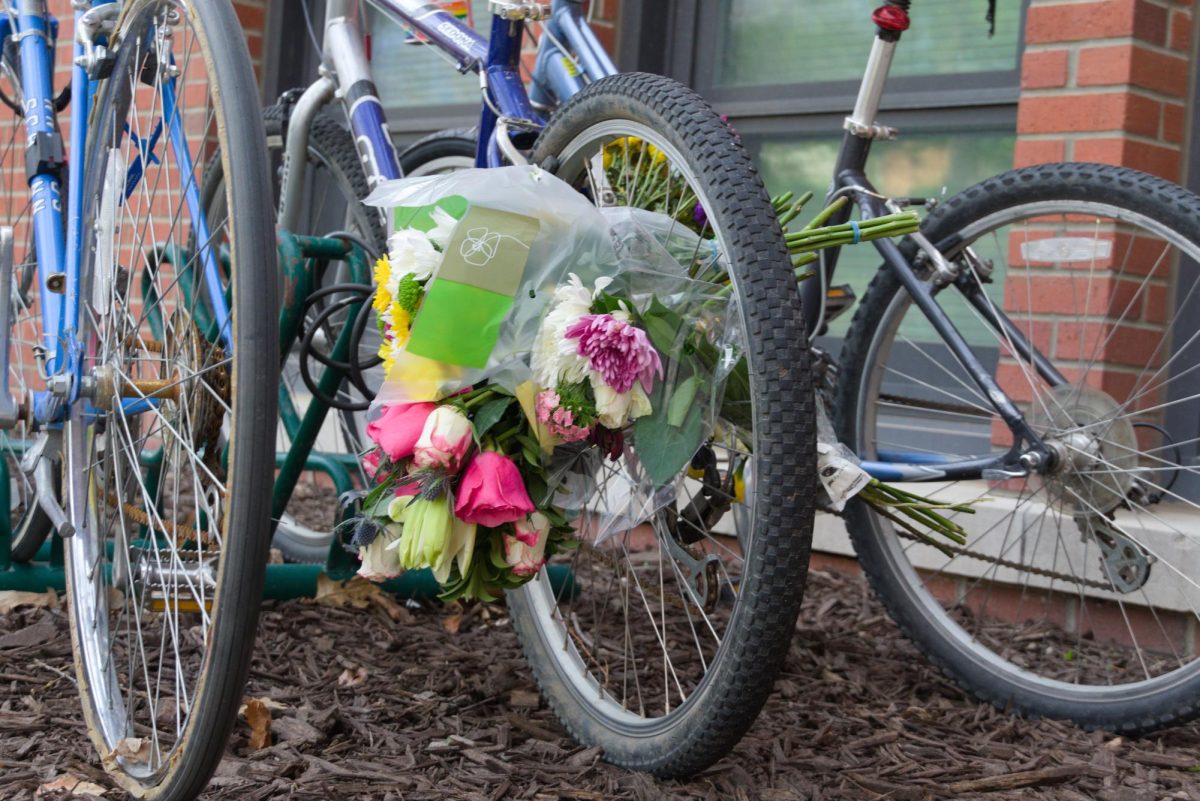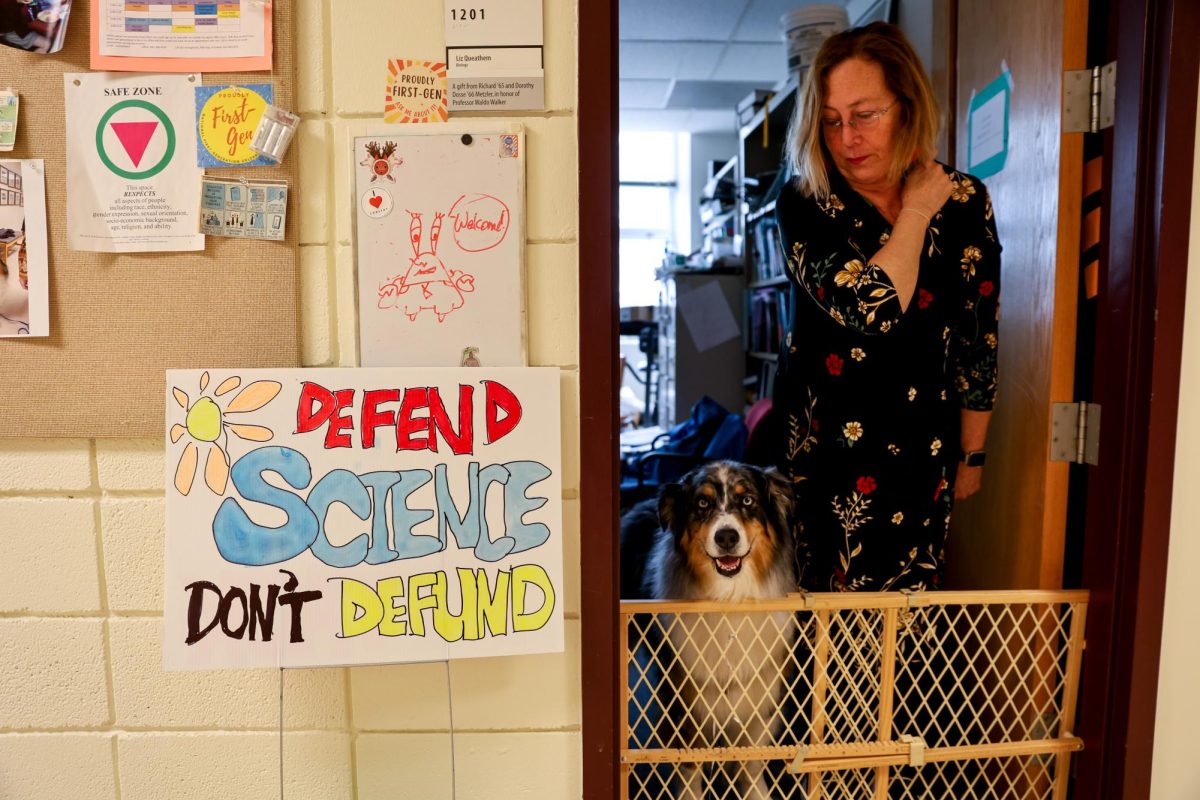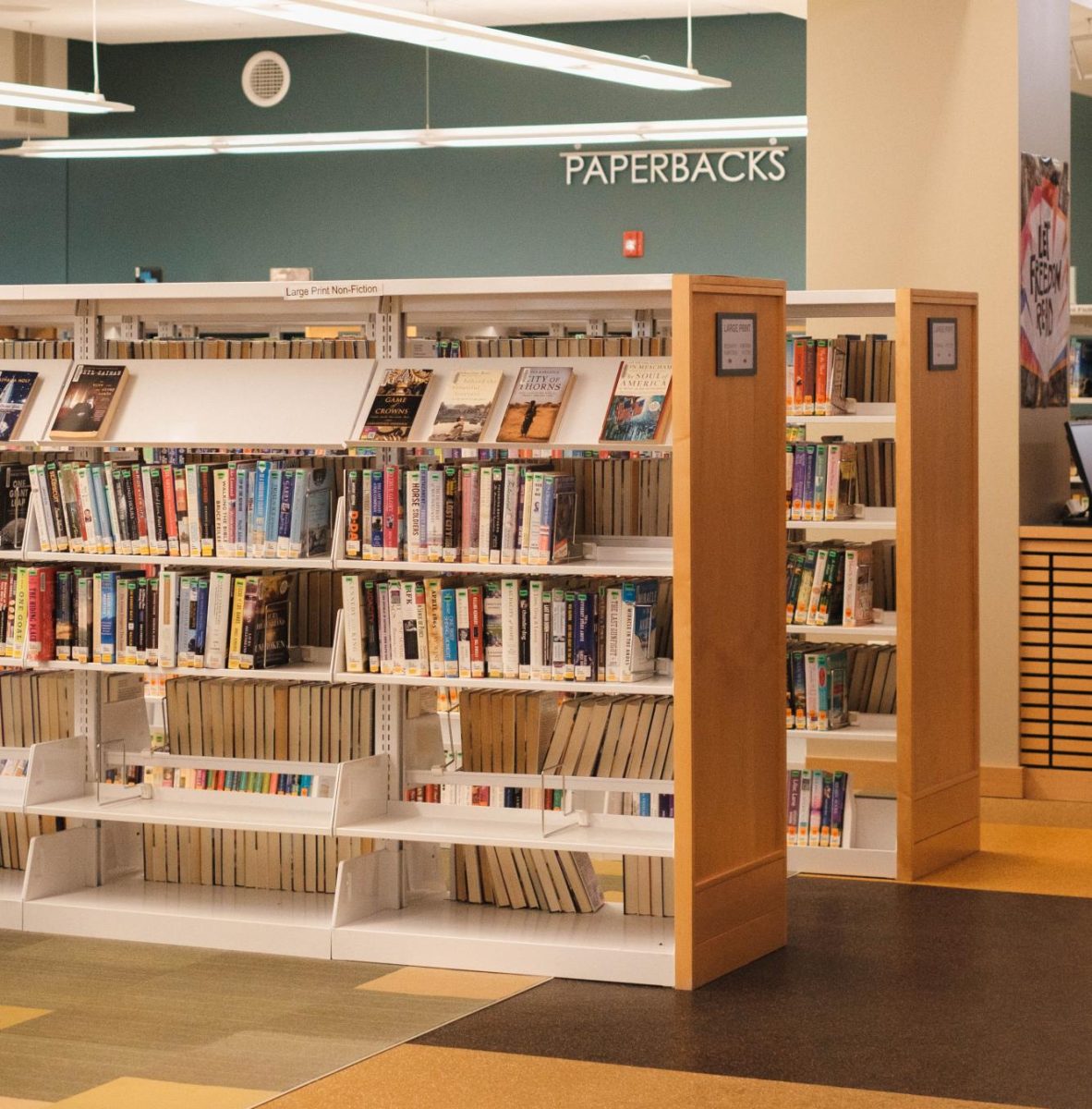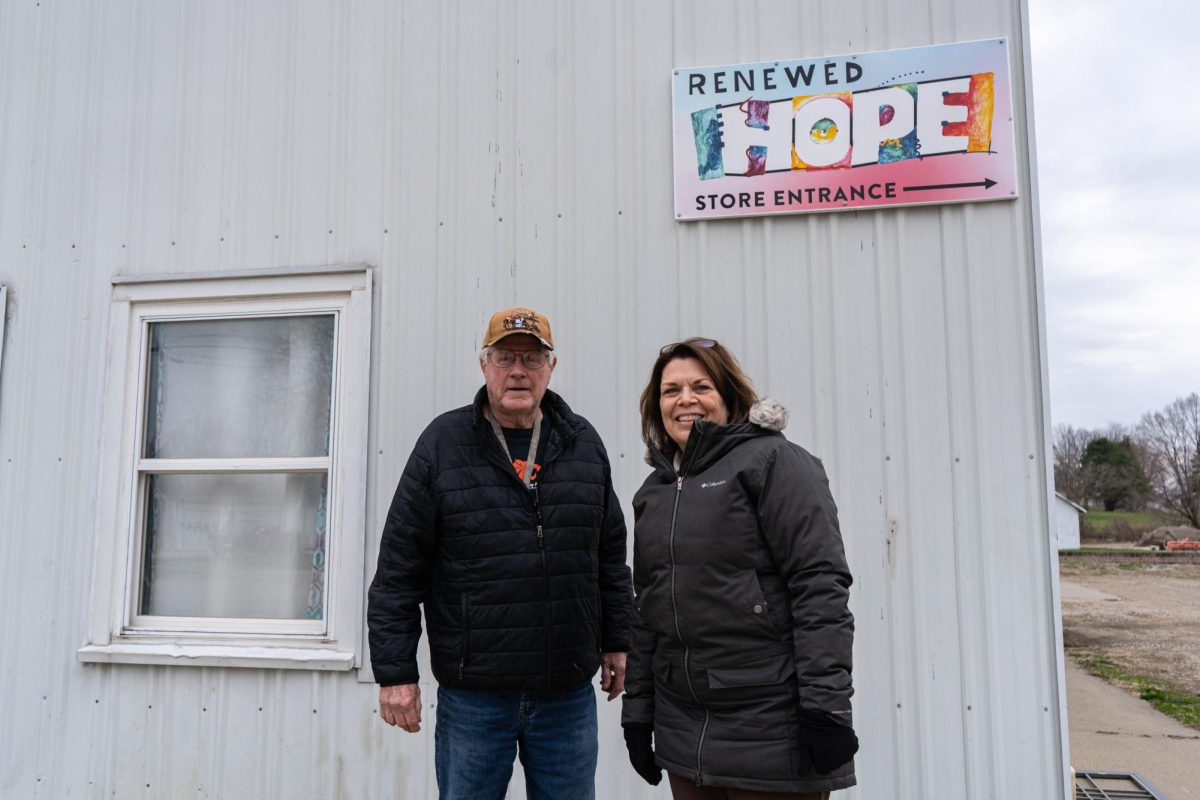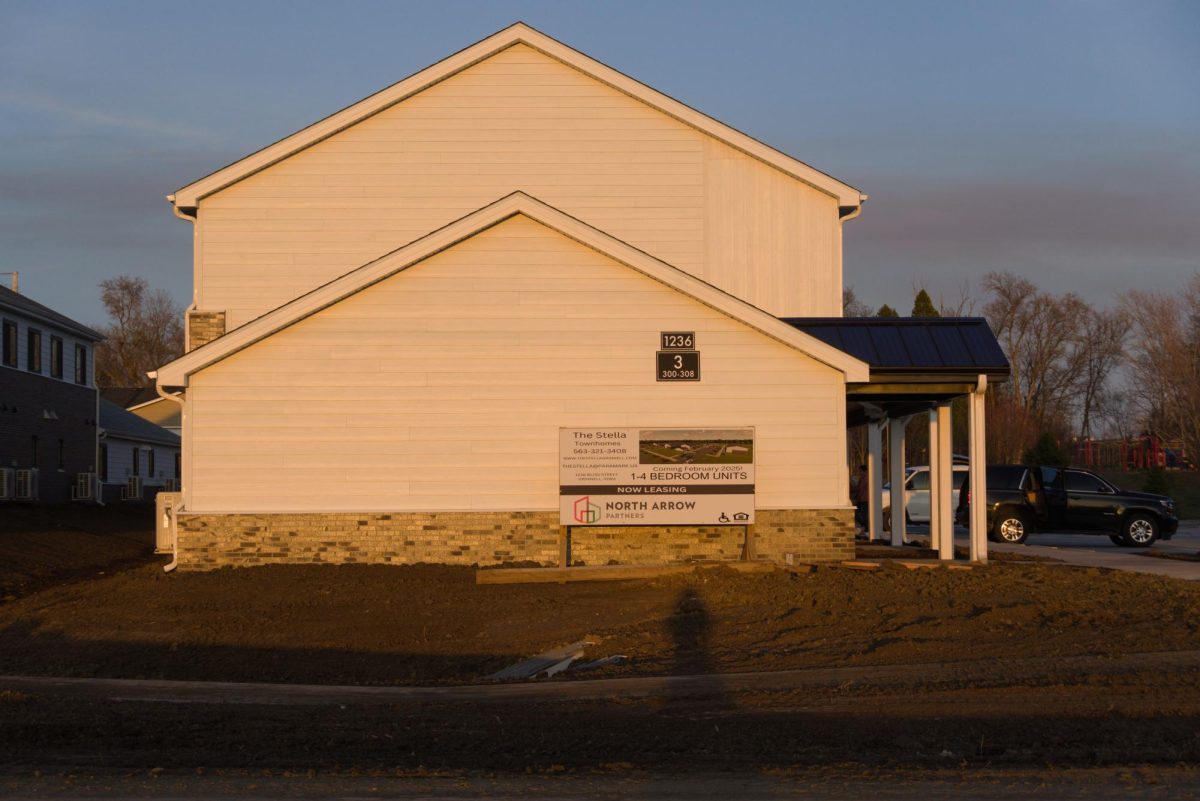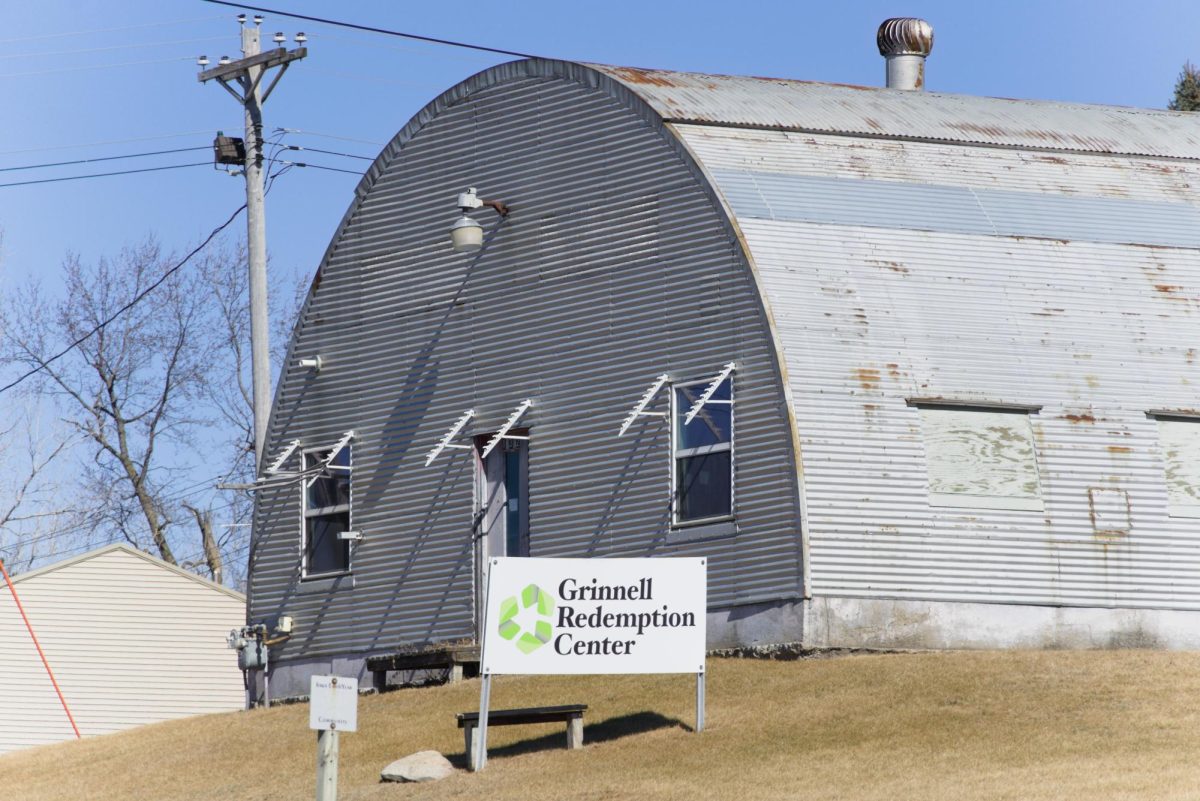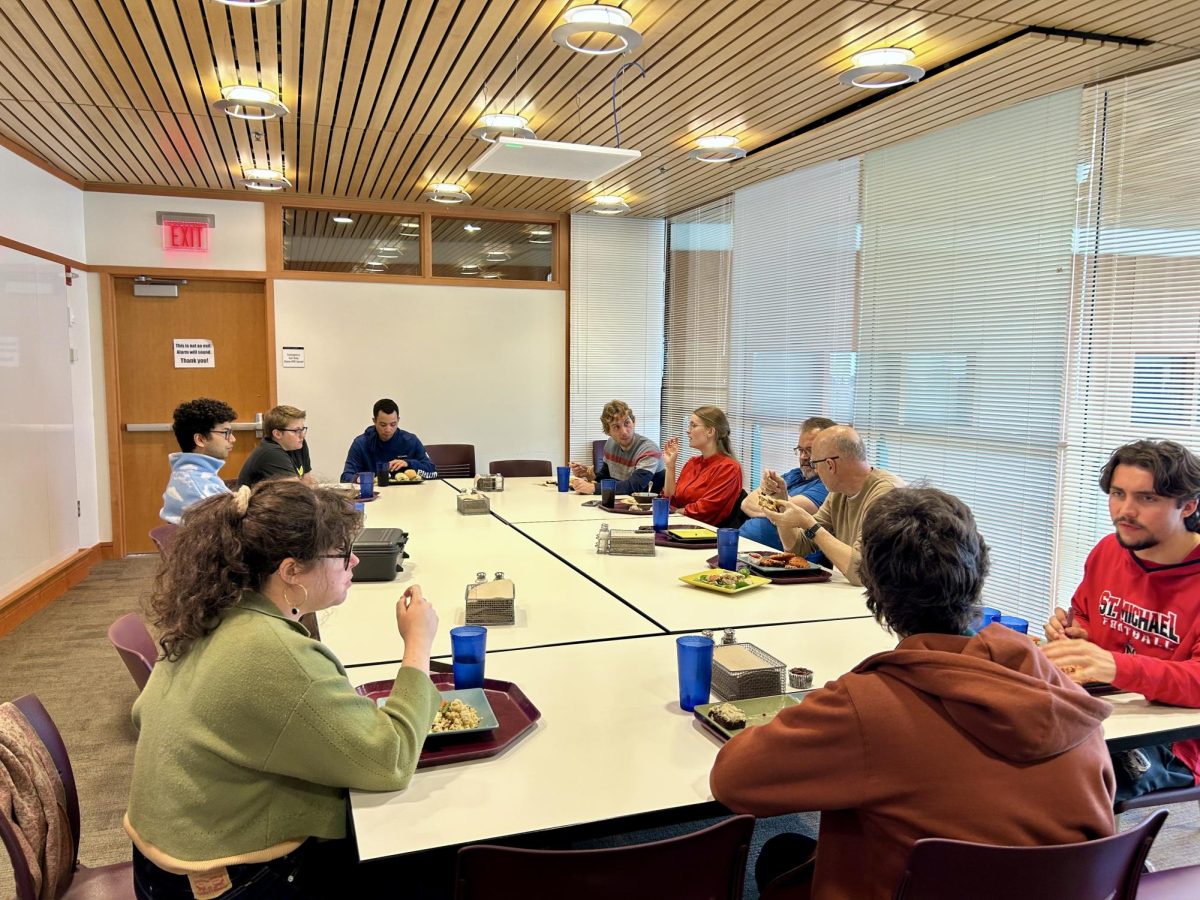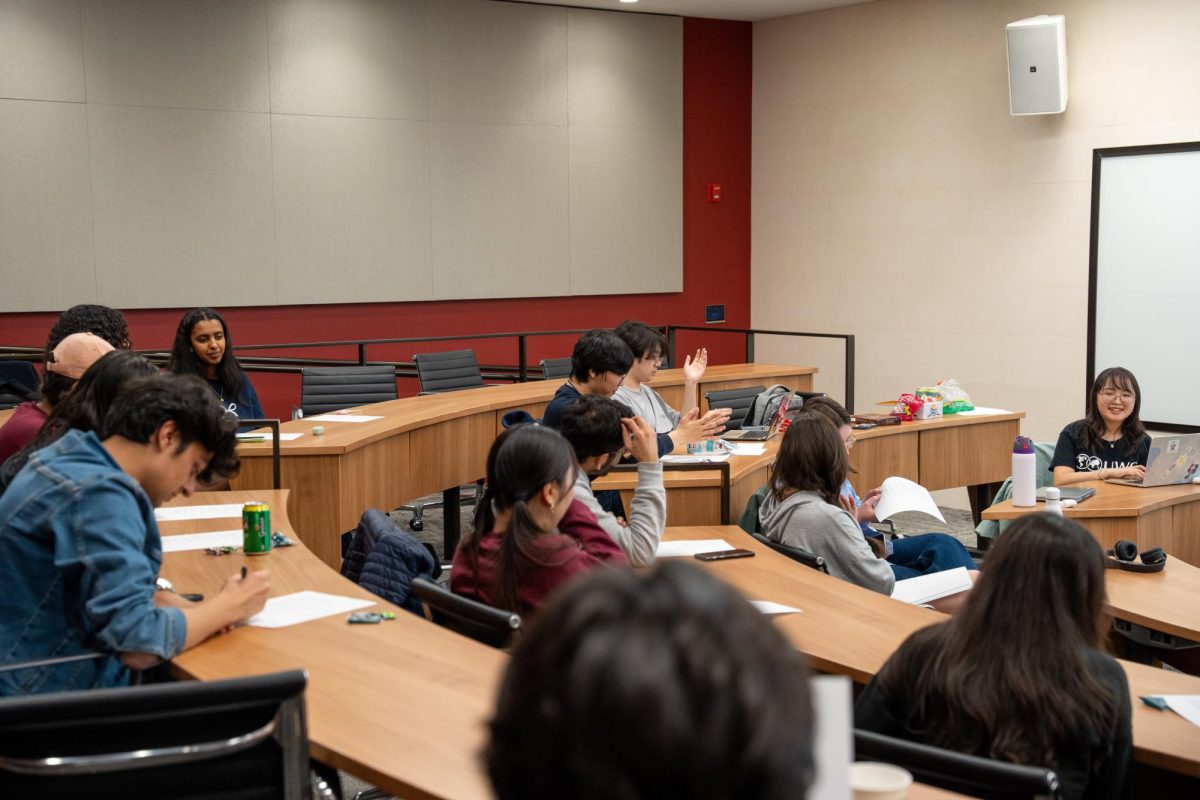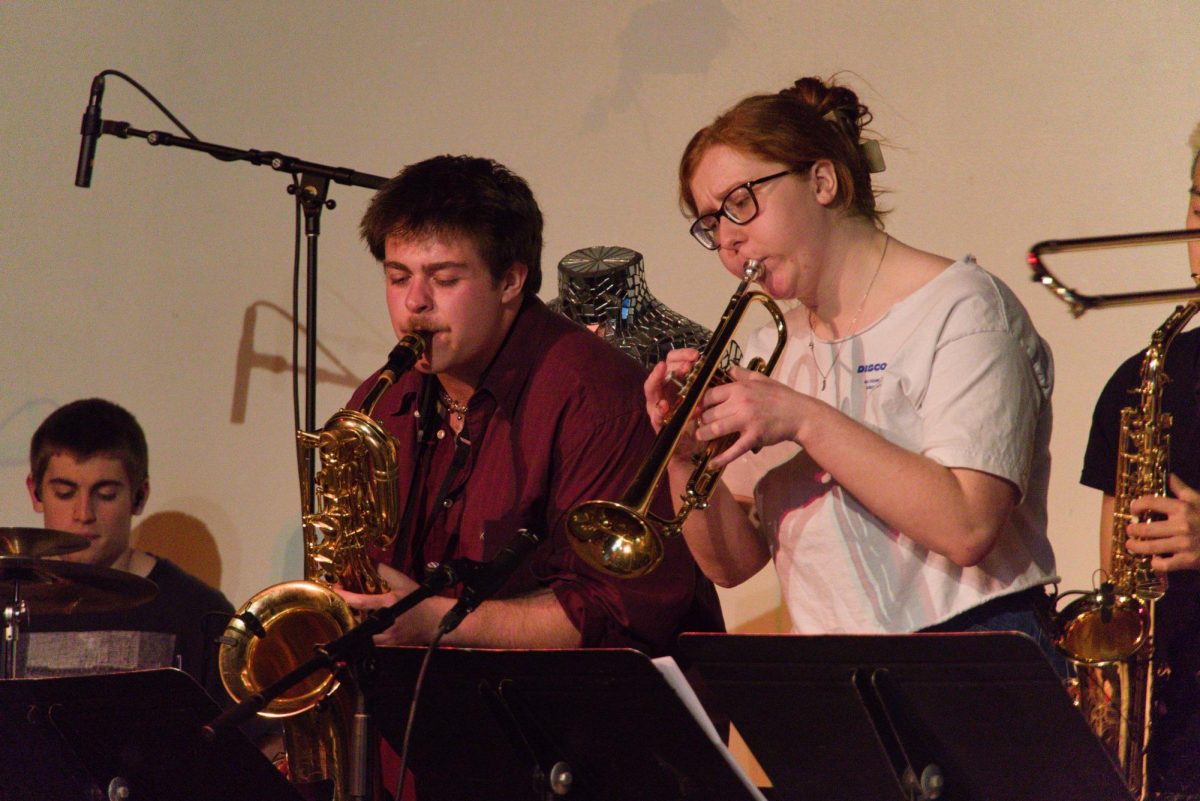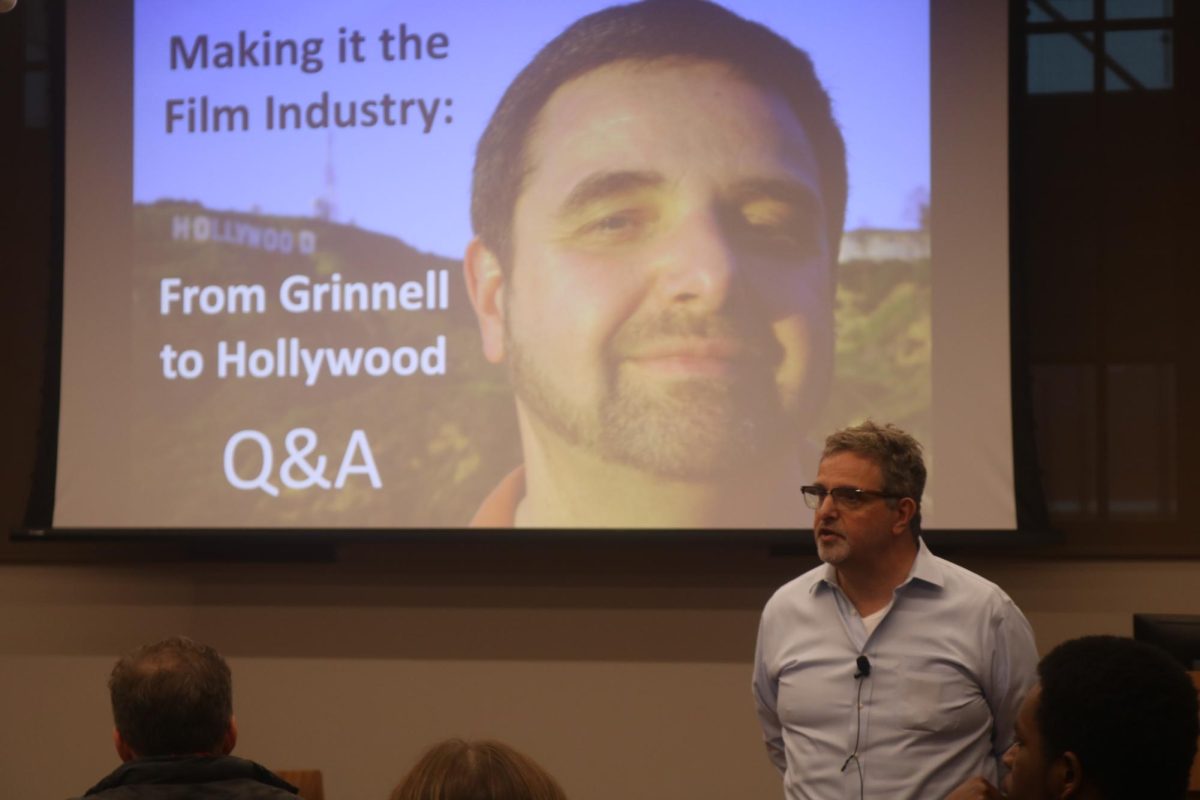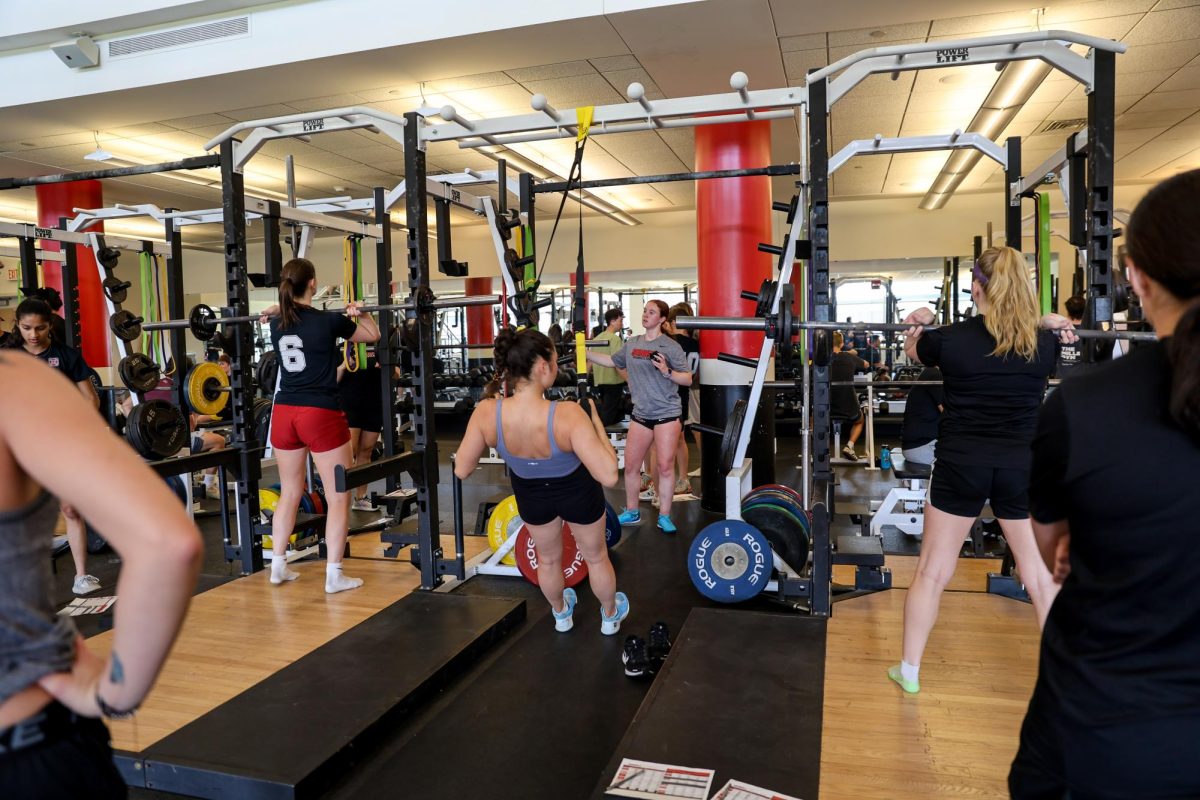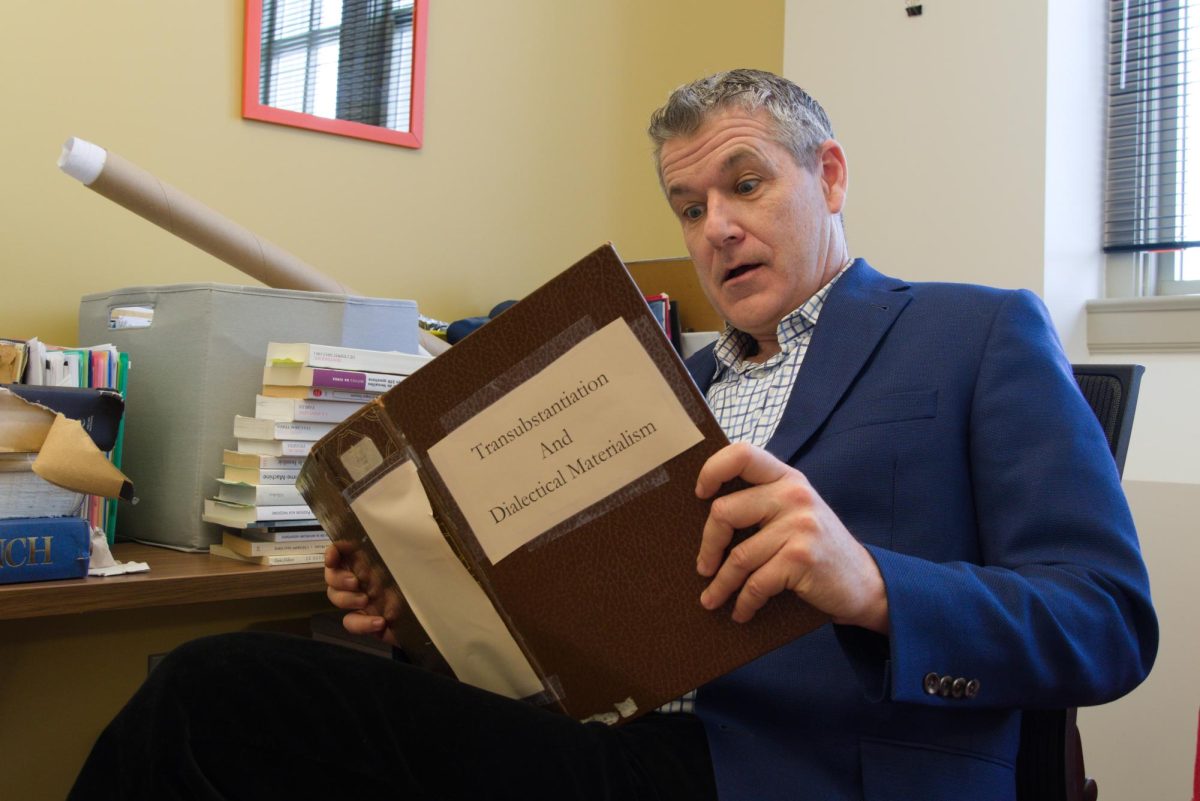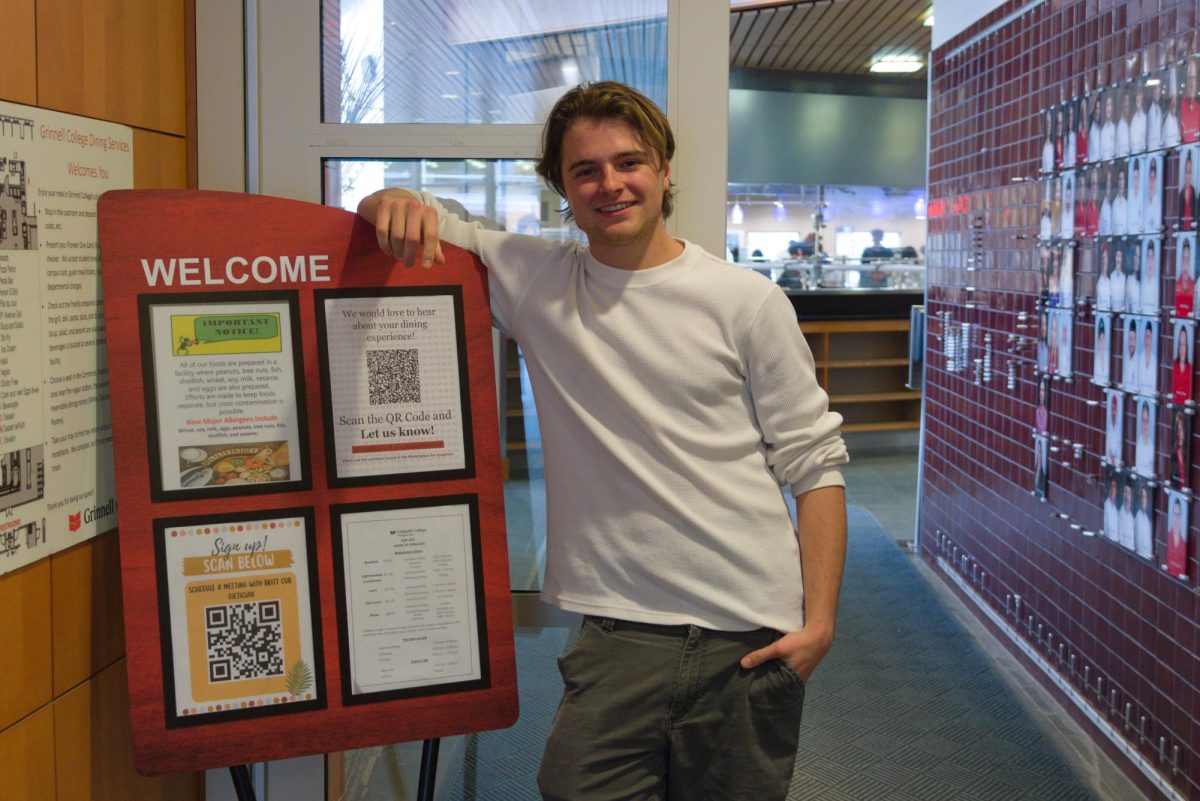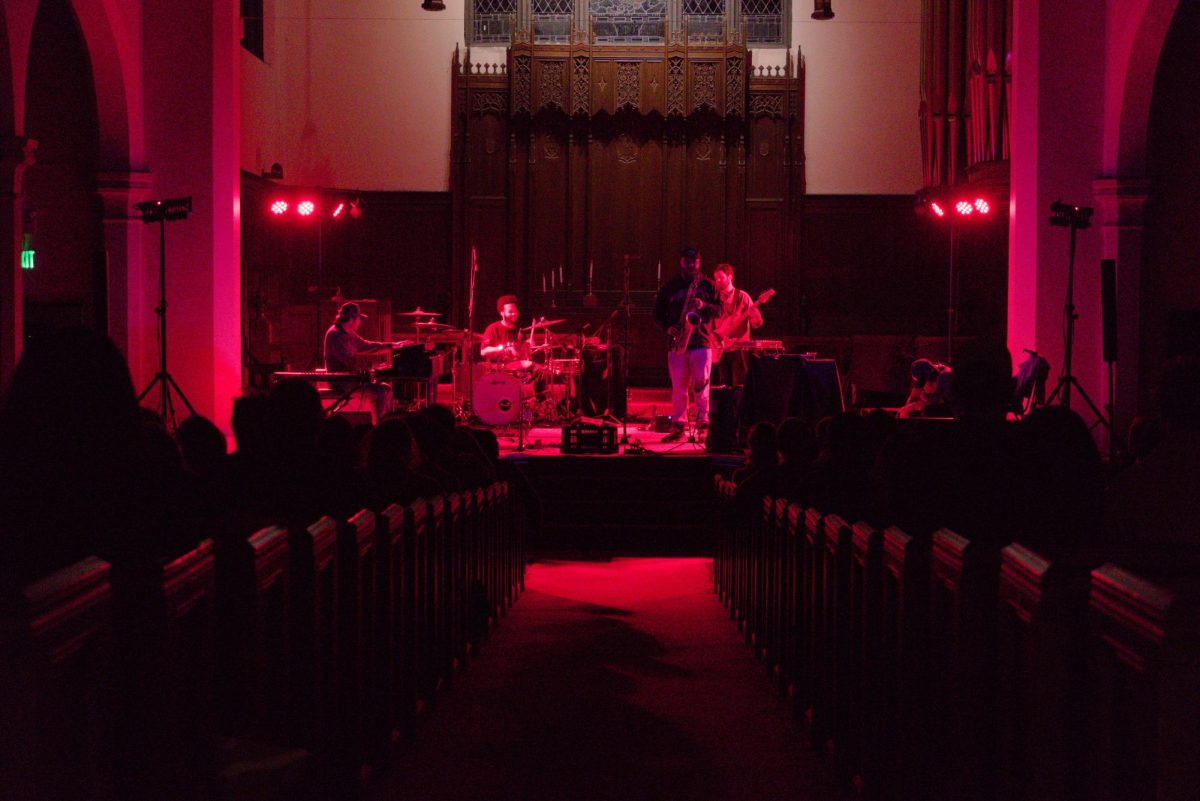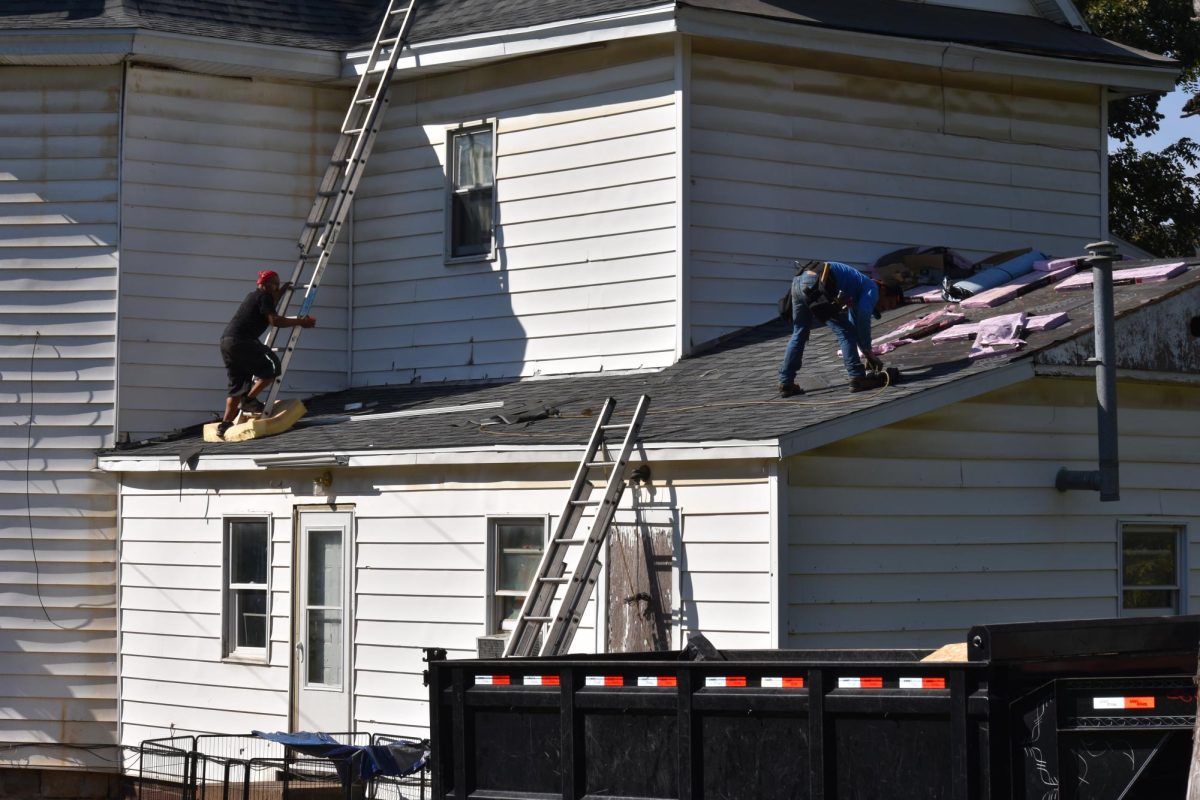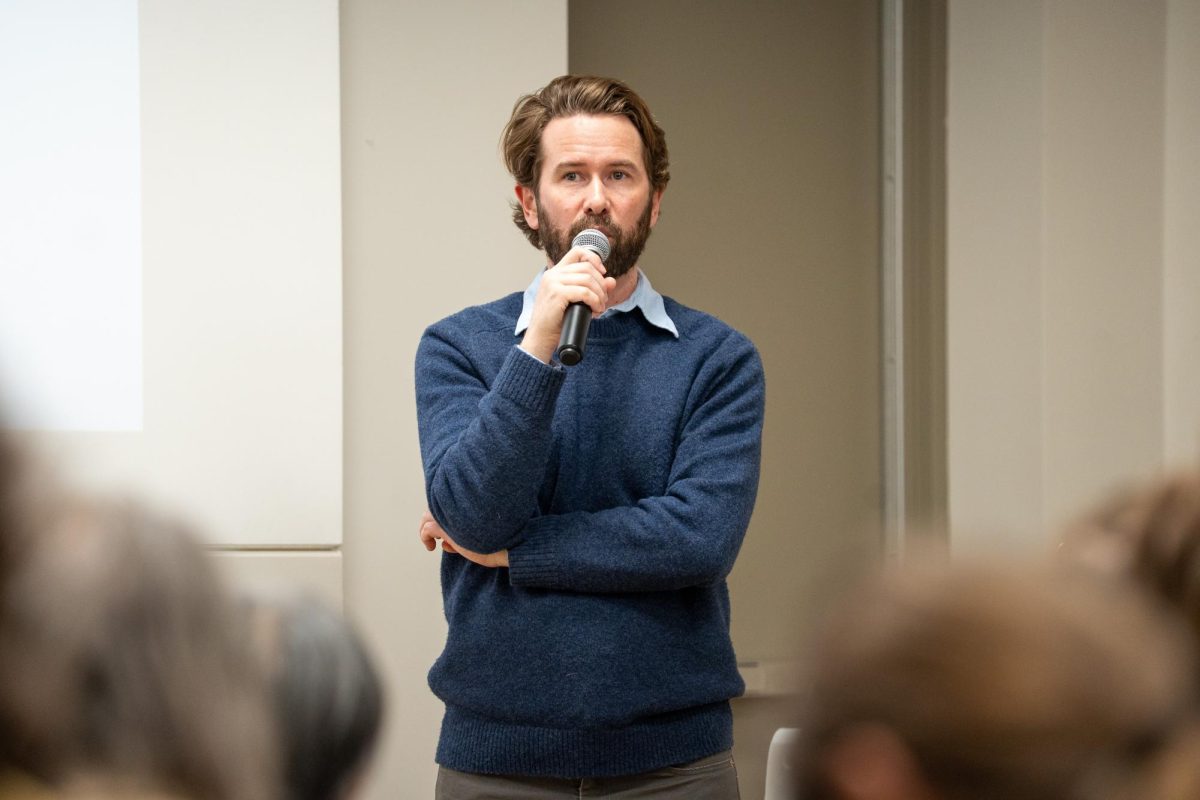As storm clouds gather over the horizon, the residents of Grinnell, Iowa brace themselves for another bout of nature’s fury. Meanwhile, for both local and out-of-state roofing companies, these impending storms signal a potential surge in business opportunities.
The small, rural town has already been notably bombarded twice in recent years. The first weather onslaught happened in Aug. 2020, when a powerful derecho toppled power lines, uprooted thousands of trees and stripped roofs down to their bare bones. The second was on May 7 of this year, when a hailstorm unleashed golf-ball-sized hail, wreaking havoc on parked cars and roofs, many of which had only recently been repaired in the wake of the derecho.
The increasing frequency of storms in the region has led to a boom for roofing businesses. Homeowners, faced with the aftermath of storm damage, turn to these companies for urgent repairs and replacements, occasionally at exorbitant costs or subpar quality.
“Anytime there are strong winds I’m always like ‘Oh, come on,’” said Assistant Director of Housing Operations Britta Meints, a lifelong Iowan and resident of Elm Street. “Everyone on our street got a new roof after the derecho, and a lot of them ended up replacing it again after the hail. It’s just like, why put so much money if it’s just gonna happen again?”
Roofing can be an expensive procedure, with costs often soaring into the tens of thousands, depending on the extent of damage and the type of materials used.
Although the widespread replacement of aging roofs can help boost the residential market in Grinnell, this financial burden can be overwhelming for many homeowners, especially when such repairs are unexpected or if their insurance plan does not cover the repairs.
Iowa, nestled in the infamous Tornado Alley, is one of the states most prone to storm damage. The frequency and intensity of these storms have also recently been on the rise, posing a constant threat to homes and infrastructure.
Grinnell College, a prominent institution in town, has already replaced the roofs on most of its campus buildings, with French and Chinese project houses being the last in line for roof replacements. “The sound of Grinnell is shingling right now, people are booked out,” said Meints.
The phenomenon of “storm chasers” – roofing companies that travel from other states to areas hit by natural disasters – has become common in Grinnell.
“As soon as the storm hit, these people started showing up at our house. Some people were in from Nebraska and all sorts of places, and they get you to sign a contract and pay a lot more,” said Meints. “A lot of them are just in it for a good quick buck though. They don’t really take time to make sure it’s quality work, and then they leave, you never see them again.”
John Williams, vice president at 1-800-Hansons, with 20 years in the roofing business and three branches in Iowa, warned against companies that aren’t based locally. “Regardless of if they’re going to guarantee you for 10 to 20 years, if they don’t even operate in that state, it’s highly unlikely they’ll take care of you or maybe even be in existence when you have an issue down the road,” he said.
Williams shed light on the industry’s recent dynamics in Iowa, noting a slight drop in consumer demand for regular roof replacements due to old age – which he attributes to the national economic downturn – but a significant rise in demand due to storm damage – which he attributes to the rise in storm intensity.
“Our call counts quickly go up after a storm, and contractors get very busy,” he said. This increase in demand has led to a boom for roofing businesses, even as shingle suppliers struggle to keep up.
The community of Grinnell, despite these challenges, has shown “remarkable” resilience, according to Meints, who chose a local contractor for her roofing needs, emphasizing the importance of supporting businesses that contribute back to Grinnell.
“During the derecho we were all outside picking up sticks, clearing our street together. That’s when we really kind of bonded,” she said. “We all still kind of band together, which I appreciate. We often just check in and ask ‘What can we do to help?’ I’m very lucky and grateful for that.”
Williams advises homeowners to conduct regular visual inspections for roof damage, particularly checking gutters for shingle fallout. When selecting roofing materials, Williams recommends considering moving away from the traditional “Class 3” asphalt shingles and going with “Class 4” shingles instead, such as composite or rubberized options, for their enhanced durability against hail storms.
Additionally, Williams cautions homeowners about the potential impact on insurance rates, for even “just calling your insurance company can drive your rate up” and suggests working with a reputable local contractor to navigate these issues instead.
